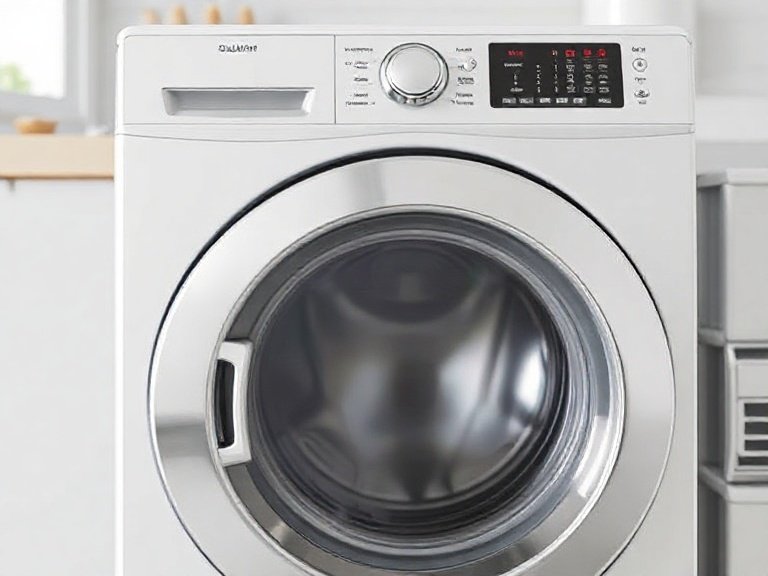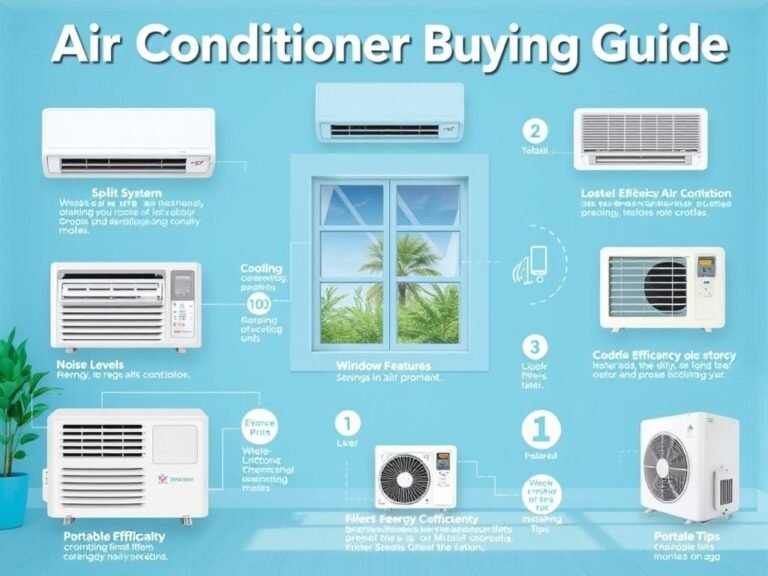
The Truth About Front-Load Washers: Pros, Cons, and Care Tips
Front-loading washing machines have long been praised for their powerful cleaning, water efficiency, and sleek design. Unlike top-loaders, which open from above, front-loaders have a door at the front, allowing you to slide clothes in horizontally as the drum rotates. Over the years, they’ve earned a reputation for being the more advanced option — but are they the right fit for every household?
Based on extensive testing and user feedback, here are five key things you should know before choosing a front-load washer.
1. They Clean Better and Use Less Water — But Take Longer
When it comes to performance, front-load washers consistently outperform their top-loading counterparts. They use a tumbling action that lifts clothes and drops them into a small amount of water, which means they use significantly less water than traditional washers — often up to 40% less.
This efficient design also extracts more moisture during the spin cycle, which reduces drying time and, in turn, lowers energy bills. According to testing data, front-loaders spin faster than most top-loaders, thanks to their horizontal drum rotation — similar to a dryer.
However, this efficiency comes at a cost: time. On average, front-load washers take between 70 and 120 minutes to complete a normal cycle, especially on heavy-soil settings. In comparison, high-efficiency top-loaders usually finish in 60–80 minutes, and agitator models can be done in under an hour.
The good news? Many modern front-loaders now include quick-wash options that can cut cycle times in half for lightly soiled loads. And while the wash may take longer, the shorter drying time can help balance the overall laundry duration.
2. They Handle Small Loads Just Fine
One common concern is whether large-capacity front-loaders (which range from 3.5 to 5.8 cubic feet) can effectively clean small loads. The answer is yes — and here’s why.
Unlike top-loaders, which rely on clothes rubbing against each other to clean, front-loaders work by lifting and dropping fabrics into water. This tumbling motion doesn’t depend on load size, as long as clothes have room to move freely.
Plus, most front-loaders automatically adjust water levels based on the weight and volume of the laundry. So whether you’re washing a single towel or a full basket, the machine optimizes water use for efficiency and cleaning power.
Just avoid overloading the drum — leaving space ensures proper movement and better results.
3. Not All Models Can Be Stacked (Check Before You Buy)
Front-load washers are a favorite in compact homes because many can be stacked with a matching dryer on top, saving valuable floor space. But not every model supports this setup.
Some washers have features — like top-mounted detergent dispensers or built-in secondary washers (e.g., Samsung’s FlexWash) — that prevent stacking. Also, stacking often requires a separate kit, which may not be included.
Before purchasing, check the manufacturer’s specifications or use a trusted ratings guide to confirm compatibility. And don’t forget to measure your space: some front-loaders are wider than the standard 27 inches, and depth and height can vary by several inches — which could affect fit through doorways or into tight laundry closets.
4. They Can Vibrate — But Modern Models Are Much Smoother
Because front-loaders spin at higher speeds to remove more water, they can produce more vibration and noise than top-loaders — especially on wooden floors. The horizontal drum rotation transfers motion directly to the floor, which can be felt in adjacent rooms if the machine isn’t properly installed.
That said, newer models are significantly quieter and more stable than earlier versions. Manufacturers have improved suspension systems, counterweights, and leveling feet, resulting in machines that earn “very good” or even “excellent” ratings in vibration tests.
If your washer shakes too much:
- Make sure it’s perfectly level.
- Check that all feet are firmly in contact with the floor.
- Place it on a solid surface — ideally concrete, not suspended wood.
With proper setup, most modern front-loaders operate smoothly, even in apartments or upper-level laundry rooms.
5. They Need Extra Maintenance to Prevent Mold and Odors
One of the biggest drawbacks of front-load washers is their tendency to develop mold, mildew, and unpleasant odors — especially around the rubber door gasket. Because this seal keeps water in during cycles, it can trap moisture afterward, creating a damp environment where bacteria thrive.
According to user surveys, 13% of front-loader owners report mold issues, compared to just 3% of high-efficiency top-loader users. Odors are also more common, affecting about 14% of front-load washer owners.
The good news? Most of these problems are preventable with simple habits:
- After each use, wipe the door and gasket dry.
- Leave the door slightly ajar between washes to allow airflow (if children aren’t around).
- Run a monthly cleaning cycle using hot water and bleach or a dedicated cleaner.
- Keep detergent drawers open when not in use to dry out.
Some newer models also come with anti-mold features, like Whirlpool’s FreshFlow Vent System or GE’s UltraFresh, which help reduce humidity inside the drum. While these aren’t foolproof, they can make maintenance easier over time.
Are Front-Load Washers Still Worth It?
Despite their downsides, front-load washers remain a top choice for efficiency, cleaning power, and long-term savings. They use less water and energy, clean more effectively, and are gentler on fabrics.
However, their higher price tag (median cost: $862 vs. $687 for agitator models), longer cycles, and maintenance needs may make them less appealing to some buyers. That could explain why their market share has dropped from 38% in 2009 to just 30% in 2024.
Still, if you prioritize performance and sustainability, a front-loader could be a smart investment — especially if you’re willing to follow basic care routines.
For the most eco-friendly options, look for models with the EnergyGuide label and Consumer Reports’ Green Choice designation. And always check independent ratings before buying to find a reliable, well-reviewed machine that fits your space and lifestyle.





